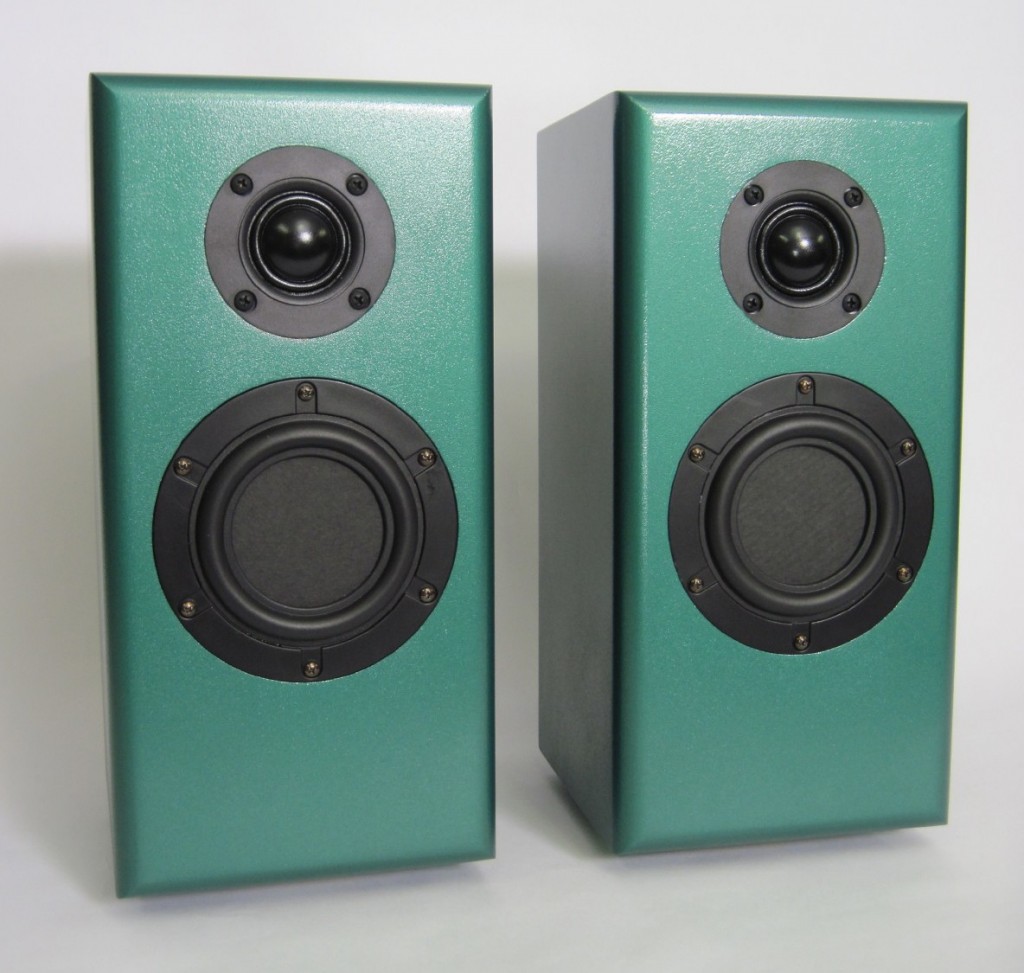
BMR-3L
Designer:
John H
Project Category:
Freestyle Speakers
Project Level:
Intermediate
Project Time:
8-20 Hours
Project Cost:
$100 – $500
Project Description:
This project makes a small 2-way speaker suitable for a small room or desktop. This design uses a Tectonic balance mode radiator (BMR) as the mid-woofer in a vented enclosure.
Design Goals:
The design goal was to uses a Tectonic balance mode radiator in a small cabinet and experiment with an external port and crossover. The Tectonic balance mode radiator was known to have a decent bass response in a sealed cabinet so the goal was to see if below 60 Hz response was possible in a ported enclosure.
Driver Selection:
The Tectonic TEBM65C20F-8 balance mode radiator was used with the Dayton ND25FA-4. The Tectonic balance mode radiator has a dip at 1,700 Hz. For a budget build it did not seem appropriate to use a tweeter the could be crossed so low as to eliminate the dip
Enclosure Design:
The box tuning was set to 68 Hz in a 3-liter box gives a surprisingly low 53 Hz F3. The box internal volume is 3 liters without the port volume or crossover. By increasing the volume to 3.5 liters the port and crossover can go inside the box. The depth of the box would need to be increased from 5.5 inches to 6.25 inches.
The port tube is 1.5 inch inside diameter 25 cm, 9-7/8-inch long. The port tube is cut from 1.5 inch PVC pipe. Be careful as cutting PVC pipe on a 45-degree angle is difficult. A PVC elbow maybe used instead. Calculate the circumference of the middle of the fitting and use that length as an equivalent length of straight pipe.
Enclosure Assembly:
The cabinet thickness is 5/8 inch MDF. The box was cut with 45 degree angles to minimize the wood edge ghosting through the finish. The 45-degree cut panels are taped together then the joints are glued and folded together. Use a straight edge to make sure the panels are aligned straight while taping them together.
After the glue is dry the holes are cut for the drivers. The tweeter hole is cut with a 1-7/8-inch hole saw then the recess is cut with a 3/8-inch rabbet router bit. The Tectonic driver hole is cut with a 3.5-inch hole saw. The recess is then cut with a 3/8-inch rabbet router bit. The front baffle has a ½ inch radius round-over on the front edges.
About 3 oz. of insulation is added on the bottom part of the enclosure behind the Tectonic driver. Make sure the insulation is not near the port.
After finishing add gasket tape to the driver recess and the port mounting flange.
If the crossover is mounted outside the enclosure, seal the wire holes between the enclosure and crossover area.
Crossover Design:
The crossover was designed for flat frequency response. The part count got a bit high as the Tectonic BMR required a notch near 1,500 Hz without creating a deeper dip at 1,700 Hz. The crossover frequency is 3,800 Hz with LR4 slopes.
Tips & Tricks:
Before planning for an external port, test how to cut a hole for the 1.5 inch PVC. This project used a 1-15/16 drill bit but that was slightly to big.
The external port was nice looking feature. The external crossover doesn’t look that great if you are using up surplus components.
Conclusion:
The Tectonic flat cone driver sounds good. The is no noticeable dip at 1,700 Hz. The little driver does not complain when pushed hard. This is a nice budget 2-way that would work well in an office or bed room.
About the Designer:
John H is a member of the Parts Express speaker building design team.
Project Parts List:

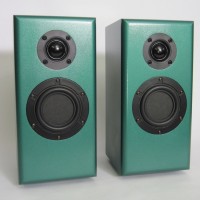
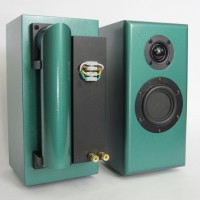
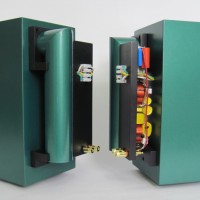
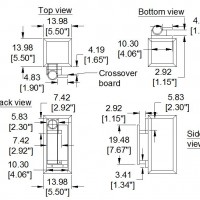
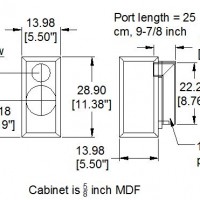
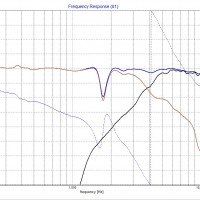
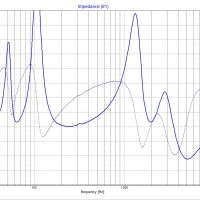
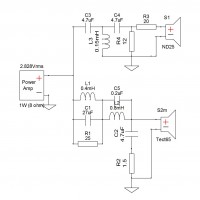
Very nice!
Heard at InDIY, don’t know if sounded or looked better. Wait, BOTH!